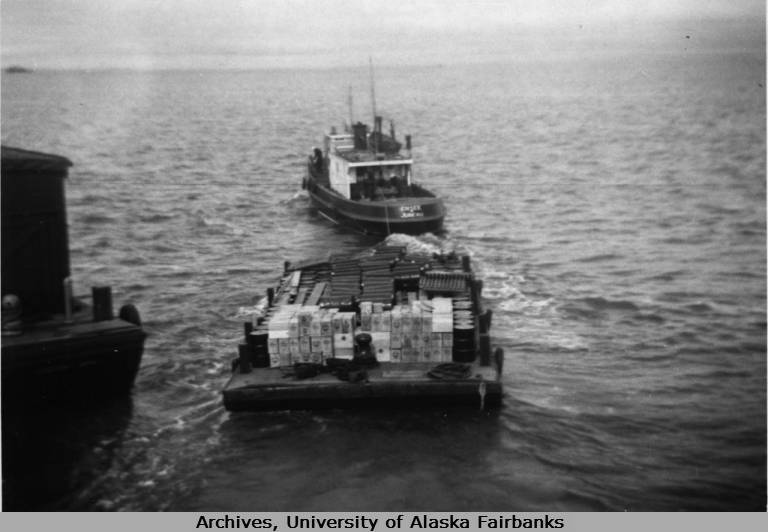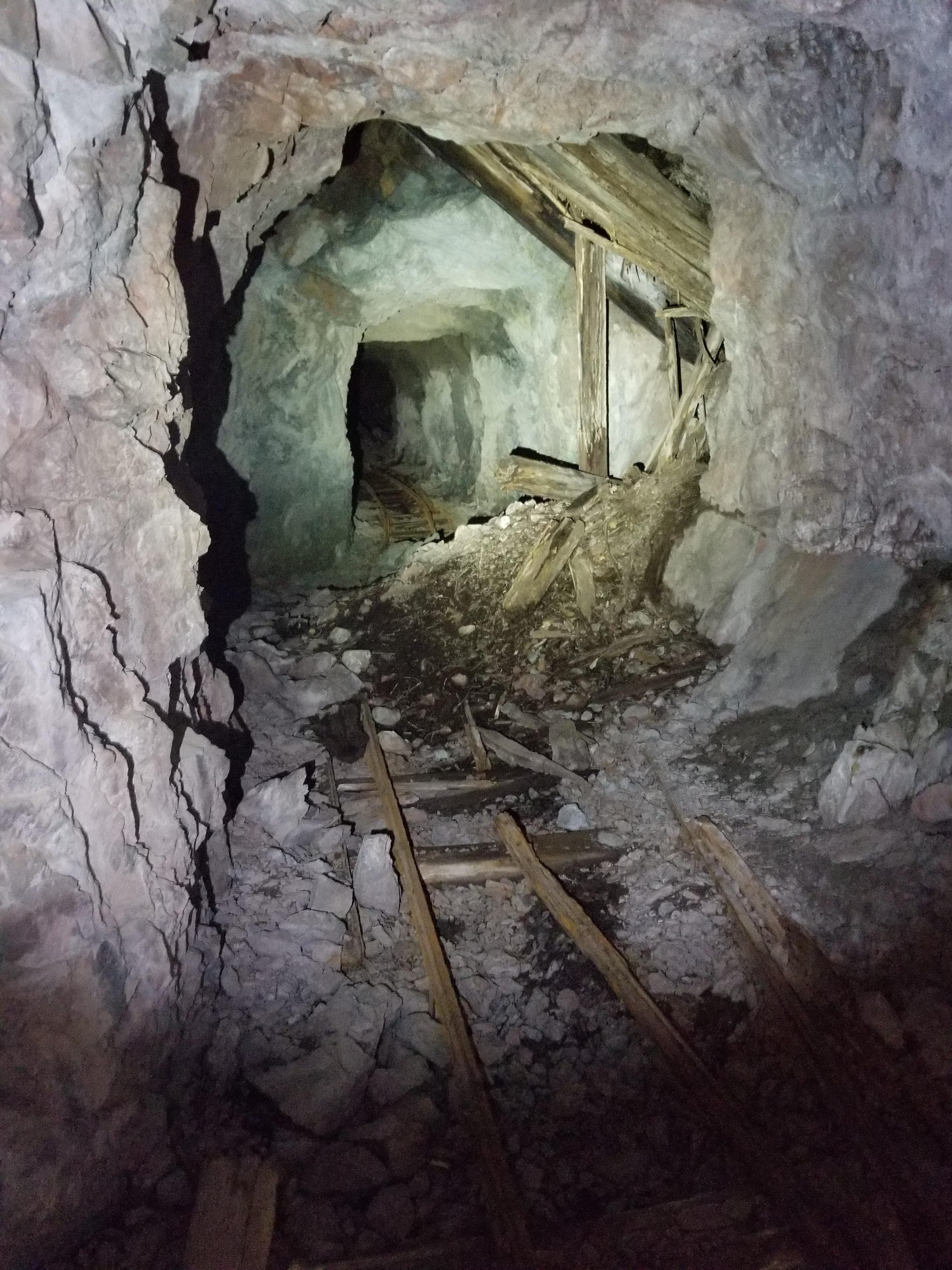Podcast: Play in new window | Download (Duration: 18:49 — 17.2MB) | Embed
Subscribe: More
Episode 46: The Mystery of Edgar Allan Poe’s Death

Edgar Allan Poe, born January 19, 1809, was an American writer, poet, author, editor, and literary critic, who is best known for his poetry and short stories, particularly his tales of mystery and the macabre. Probably the best known–and least understood–mystery he authored was that of his own death on October 7, 1849. There have been many descriptions of his last days, the possible causes of his demise, and even debates in the present time. None of them have lasted the test of time. The enigmatic mystery has.
_____________________________________________________________
FEATURED NOVEL
The Charlemagne Murders
________________________________________________________
Check out the Author Masterminds Website
 ________________________________________________________________
________________________________________________________________
Get to know the authors at The Readers and Writers Book Club
___________________________________________
Meet Carl Douglass, your host for episode 46: The Mystery of Edgar Allan Poe’s Death
My pseudonym as an author is Carl Douglass, adopted as a means of telling stories with gripping realism—the truth of which would not bring trouble to my door. My writing of gripping, realistic fiction began after I was obligated to retire from the private practice of neurosurgery due to sudden blindness in my left eye from a retinal detachment, which caused loss of stereoscopic vision. I carried with me decades-long knowledge of doctors, hospitals, and institutions of higher learning, including some less than laudatory information. My military experience during the years of the recent unpleasantness in Vietnam also gave me considerable insight. Both of those lengthy experiences provided true grist for the mill of my writing, but neither of them need to connect the stories to the lives of the real people and places where the stories took place. In that sense, I know too much and have no wish to incriminate or to bring harm or embarrassment to real individuals or institutions. My rich and varied life has provided even more fodder to feed my mind and contribute realism to my written work. In my time, I have had to work due to lacking a sugar daddy. I have been a grease monkey, a lumber mill and forest worker, a lifeguard, a slaughterhouse worker, a diener in a morgue, a lab rat, an academic writer, a medical officer in a mental hospital, a naval officer and surgeon, a brig doctor, and a deep diving officer. I have been the husband of one fine wife, the father of four children—one deceased—eleven grandchildren, and seven great-grandchildren. All of them have enriched the depth and breadth of my storytelling.





 _________________________________________________
_________________________________________________

 Holland, Eva. “Alaska Airlifts ‘Into the Wild’ Bus Out of the Wild.” June 28, 2020. Outside Magazine.
Holland, Eva. “Alaska Airlifts ‘Into the Wild’ Bus Out of the Wild.” June 28, 2020. Outside Magazine.

 Robin Barefield lives in the wilderness on Kodiak Island, where she and her husband own a remote lodge. She has a master’s degree in fish and wildlife biology and is a wildlife-viewing and fishing guide. Robin has published six novels:
Robin Barefield lives in the wilderness on Kodiak Island, where she and her husband own a remote lodge. She has a master’s degree in fish and wildlife biology and is a wildlife-viewing and fishing guide. Robin has published six novels: 




 Herald-Palladium. Benton Harbor, Mi. Search For Suit Jacket of Widow. July 30, 1960.
Herald-Palladium. Benton Harbor, Mi. Search For Suit Jacket of Widow. July 30, 1960. ________________________________________________________
________________________________________________________





 ________________________________________________________
________________________________________________________





 ____________________________________________________
____________________________________________________

